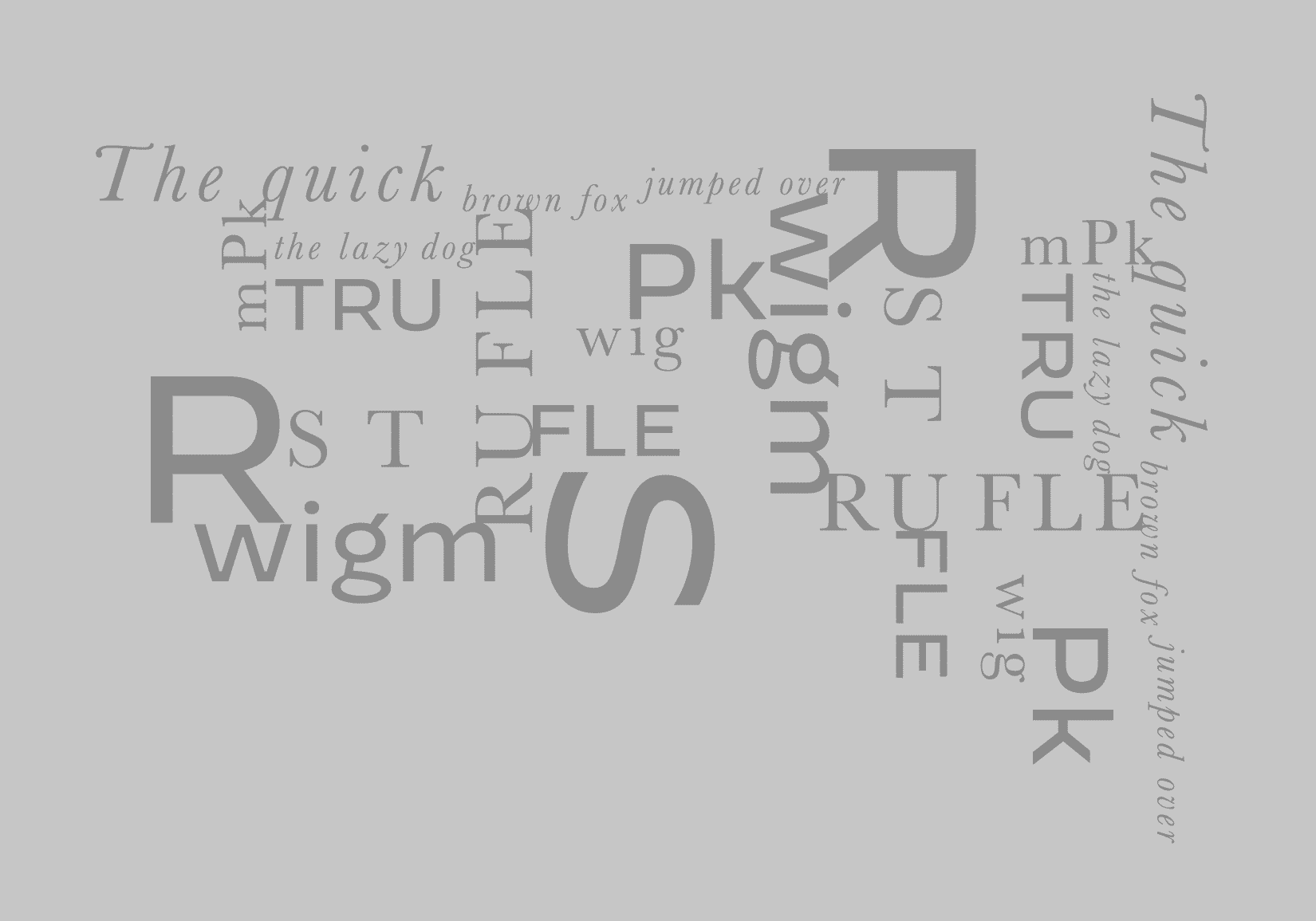Understanding the Key Advantages of Selecting a Digital Agency with Flexible Pricing vs. a Traditional Agency with Fixed Pricing.
When it comes to selecting an agency meant to augment a marketing team or department, it’s critical to understand the limitations pricing models create or eliminate. Businesses must find an agency partner that understands their brand’s goals and objectives along with exhibiting the expertise and innovation needed to drive meaningful results in a crowded and competitive market. When it comes to pricing, adjusting for outcomes is imperative.
While navigating these marketing obstacles, understanding how billing impacts processes becomes critical. Traditional billing models are generally based on hourly fees or flat-rates with finite scopes of work, which tend to lead to unpredictable costs and even more unpredictable outcomes.
On the flip side, a subscription-based pricing model offers a more sustainable and predictable approach. This model allows for better financial planning, with fixed monthly payments that provide access to a range of services tailored to client needs.
But, what’s the difference between a subscription model and a retainer model? A retainer model is simply making an advanced payment toward traditional agency fees. It’s like putting money on a prepaid debit card. Whereas a subscription model is a monthly payment for open-ended services. As it relates to working with Remixed, we couple the subscription-based model with a credit system that helps clients manage scope and scale. These credits are used to help knowledgeably select pertinent tactics over time. And, these credits don’t expire.
The flexibility and cost-effective nature of a credit-based subscription model makes it an increasingly preferred option for companies looking to maximize their marketing efforts without the financial uncertainty of traditional agency billing methods. Here are the top reasons why a credit-based subscription model is the most advantageous pricing option:
- Better Accounting & Transparency. Subscriptions offer a clear and understood method for accounting with a set monthly rate. Credit-based systems offer transparency in pricing, making it clear what services are being received for the cost.
- Less Red Tape. Subscription-based models means estimates aren’t regularly routed for approvals nor is there a requirement for periodic reviews against budgets, causing significant delays or even missed deadlines. A credit-based system allows access to a wide range of marketing services without the need for separate contracts or negotiations.
- Aligns With Budgets & Timelines. Subscriptions offer varying options based on overall needs. For instance, if you are operating on a limited budget with short-term needs, there’s an option for that; just like there are subscription packages available for larger organizations requiring more work over longer periods of time.
- Cost Savings & Accounting Efficiency. A subscription model can offer significant cost savings compared to hiring a full-time employee or internal team for marketing efforts. With a subscription, you only pay for the services you need, without the added expenses of salaries, benefits, infrastructure and training.
- Flexibility & Scalability. Credits can be used for various services as needed, offering flexibility to adjust marketing strategies without changing contracts. Unused credits roll over each month to meet changing strategies, schedules and deadlines. Businesses can scale their marketing efforts up or down based on their current needs and budget constraints.
- No Long-Term Commitments. Subscription models don’t require long-term contracts, giving businesses the freedom to modify their subscriptions, if their needs change.
- Cost-Effective & Time-Saving. This model is more cost-effective for small to medium-sized businesses (SMBs) that may not have the budget for large, upfront agency fees. With a subscription model, businesses can save time by not having to negotiate and manage multiple contracts for different services.
Leveraging a credit-based subscription mode allows customers to focus on their core business. Business owners and marketing executives can dedicate more time and assets to their primary business initiatives, rather than managing complex agency relationships and superfluous accounting reports and contract headaches.

The Foundations of Branding
The foundations of your brand is your logo, your messaging, website, imagery and promotional materials. Keeping a consistent brand is critically necessary when it comes to building brand equity. Brand equity adds value to your company based on the core values you promote, and comes in the form of perceived quality. Brand consistency is key…

Comical Global Branding Fails
Even the biggest brands can make mistakes when bringing their brand to new markets. A company should always carefully research and identify any cultural differences, or language translations, when expanding their business. You want to catch any possible missteps before they happen. Here are some epic fails for a good laugh. Coca-Cola When first launched…

Advertising, Marketing, or Branding Agency?
Choosing an agency to help with your advertising, marketing, or branding needs can seem overwhelming. The agency you choose will play an important role in determining how your potential clients view your company. Which one do you need? If you imagine agencies in healthcare terms – marketing agencies are generalists (the basic needs), advertising agencies…

What Makes a Logo Successful?
A logo serves to represent your company through a visual image that can be easily understood and recognized. Logos generally involve symbols, stylized text, or both. A good logo should create memorable impressions on your target audience, and set your company apart from your competitors. So, what makes a logo successful? A successful logo will…

What is the Difference Between Serif and Sans-Serif Typefaces?
You may have heard the terms serif and sans-serif before, but do you know what those terms actually mean? In typography, a serif is a small line, stroke, or other decorative flair regularly attached to the end of a larger stroke in a letter or symbol within a particular font or family of fonts. “Sans”…

Different Applications of Graphic Design Skills
There are a lot of different possible applications for graphic design. Some graphic designers or agencies will specialize, or be niche-specific. However, many brands often require numerous avenues for approaching brand awareness. Since a branding agency concerns itself with your brand on a comprehensive level—from the tiniest details to the big picture—they can be a…

Why Colors Matter
Choosing the right colors for your brand is a crucial step in building a strong and effective visual identity. While color preference is subjective, certain colors are associated with specific traits or emotions that can influence how your brand is perceived by your target audiences. Understanding color psychology and its impact on branding can help…

6 Benefits of Choosing a Local Agency
When it comes to branding and marketing, choosing the right agency is crucial. While larger global agencies may seem like the obvious choice, working with a local agency can provide unique benefits that can make a big difference in the success of your branding efforts. In this article, we’ll explore six key reasons why working…

